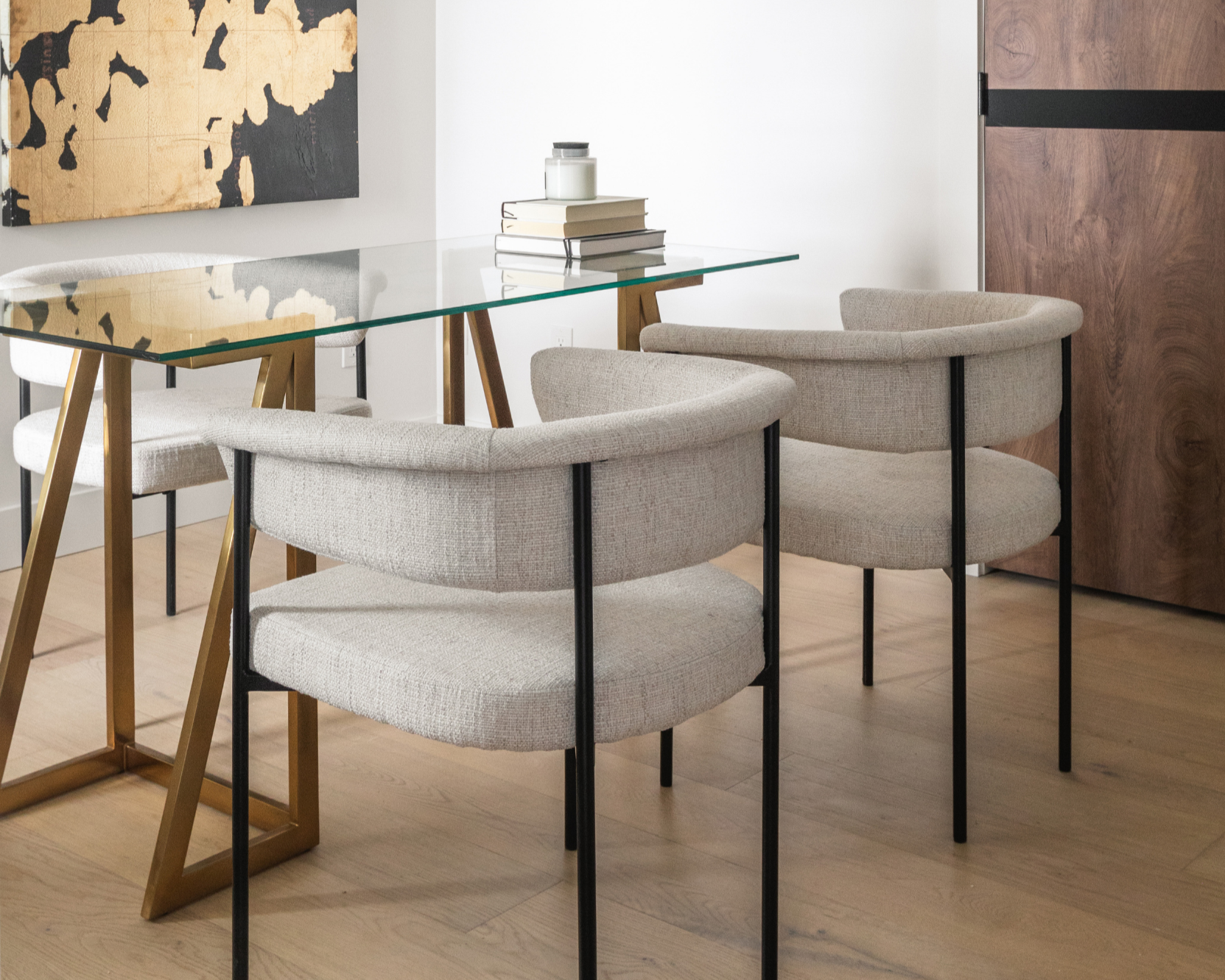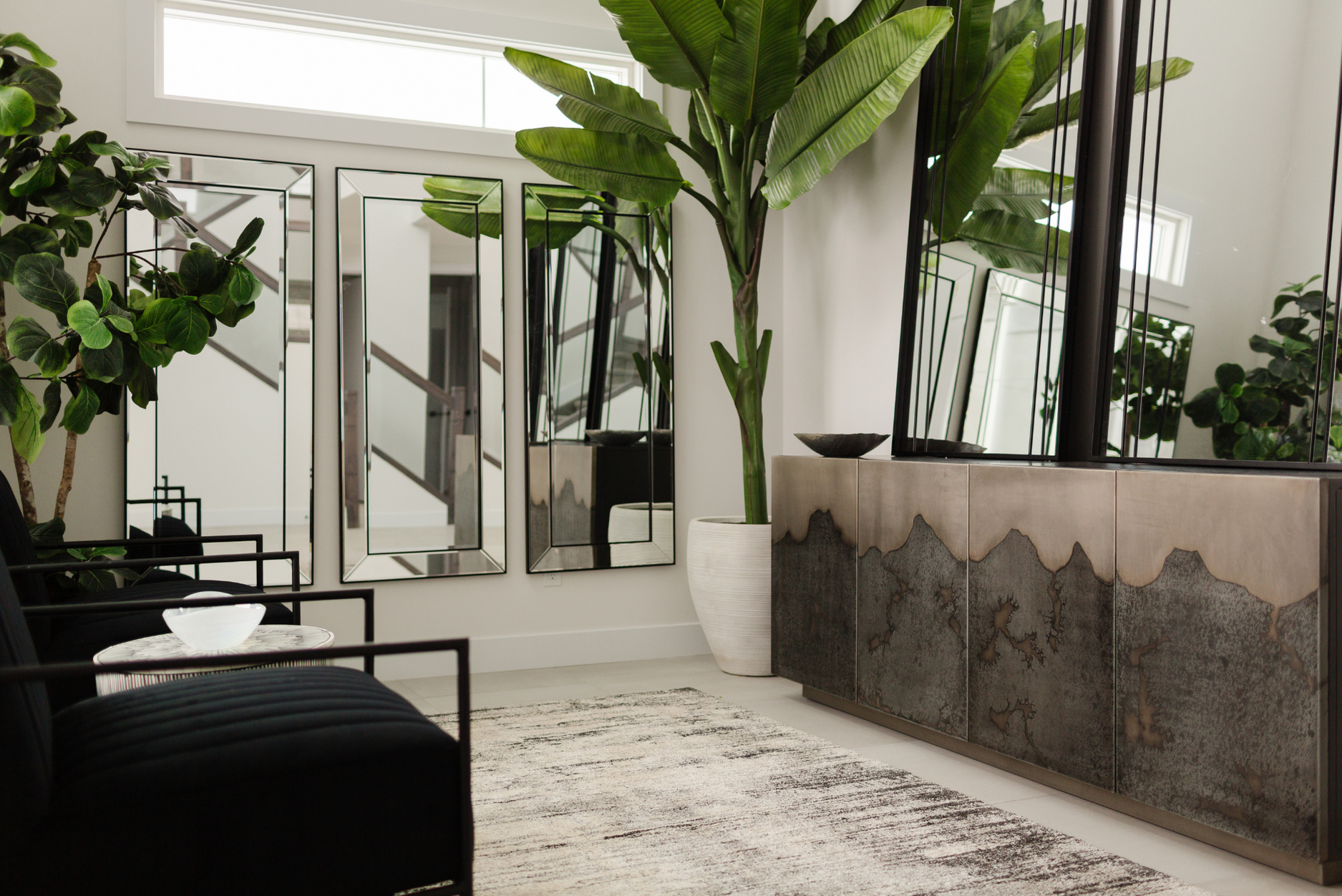What Does an Interior Designer Do?
When you walk into a beautifully designed home, there’s an immediate sense of harmony. Every detail feels intentional, every space flows with purpose. That kind of effortless beauty doesn’t happen by chance. It’s the work of an interior design professional who understands how to blend creativity, function, and comfort. So, what does an interior designer do exactly?
Interior design goes far beyond choosing furniture or matching fabrics. It’s about creating environments that support how we live, work, and feel. From space planning and colour selection to managing contractors and ensuring safety standards, interior designers turn vision into reality.
Let’s explore what interior designers do, their daily job duties, and how you can become one.
Understanding the Role of an Interior Designer
Interior designers are skilled professionals who plan and design interior spaces for homes, offices, and public buildings. Their work merges art and science, balancing aesthetics with practicality. They consider space flow, lighting, safety, accessibility, and how design choices affect mood and usability.
In essence, interior designers are problem-solvers who make spaces functional, safe, and visually pleasing. They collaborate closely with clients, architects, and builders to ensure the design vision translates seamlessly into reality.
Interior Designer Job Duties: What Does an Interior Designer Do Daily?
If you’ve ever wondered about the day-to-day responsibilities of interior design, here’s what the interior designer job duties typically include:
Meeting with clients to understand their vision, needs, and budget.
Developing detailed design concepts and mood boards.
Creating space plans and 3D renderings for visualization.
Selecting materials, colours, lighting, and finishes.
Coordinating with contractors, vendors, and suppliers.
Managing project timelines, budgets, and installation details.
Ensuring the design complies with safety codes and accessibility standards.
From technical drawing to sourcing furniture, the daily work is a balance of creativity and coordination, which is a blend of big-picture thinking and small-detail precision.
Key Skills That Define Great Interior Designers
A successful designer blends artistic flair with practical knowledge. The most valued skills include:
Creativity & Visualization, seeing potential before it exists.
Technical Proficiency, understanding architecture, software, and building regulations.
Project Management, balancing budgets, deadlines, and multiple stakeholders.
Communication, translating complex ideas into clear, client-friendly solutions.
Attention to Detail, from lighting angles to trim finishes, precision is key.
Interior Designing vs. Interior Decorating
Many people use the terms interior designing and interior decorating interchangeably; however, these terms describe different parts of the design process.
Interior Designing
Interior designing involves the structural and functional aspects of a space. Designers often work on renovations or new builds, collaborating with architects to ensure layouts are efficient and compliant with building codes.
Interior Decorating
An interior decorator focuses on aesthetics like furniture, paint, fabrics, and accessories. They enhance existing spaces rather than restructuring them.
Interior Designer vs Interior Decorator Differences
When you’re comparing interior designers and interior decorators, think of it this way: designers can move walls; decorators dress them. Designers handle space planning, lighting, and function; decorators handle style and finishing touches. Both roles are important, but they require different skills and training.
Common Positions in Interior Design
The interior design industry offers a variety of career paths. Here are some of the most common positions in interior design:
Residential Interior Designer
Focuses on creating homes that reflect a client’s lifestyle, from urban condos to country cottages.
Commercial Interior Designer
Designs commercial spaces, such as restaurants and hotels, that balance visual appeal with brand identity and functionality.
Healthcare Interior Designer
Creates environments that support healing and accessibility, such as clinics or hospitals.
Sustainable Designer
Specializes in eco-friendly materials and energy-efficient layouts to minimize environmental impact.
Lighting Designer
Focuses on how home lighting affects atmosphere, performance, and comfort.
Kitchen and Bath Designer
Combines style with technical knowledge of plumbing, storage, and ergonomics.
The Interior Design Process: From Vision to Reality
Designing a space follows a series of structured yet flexible steps:
Step 1: Consultation & Discovery
The process begins with understanding the client’s needs, budget, and inspiration. Designers evaluate the space and take measurements to establish a starting point.
Step 2: Concept Development
This stage includes mood boards, sketches, and material palettes that capture the project’s tone and direction.
Step 3: Space Planning
Designers create functional layouts that optimize flow, lighting, and proportions.
Step 4: Material Selection
Choosing finishes, flooring, furniture, and fixtures to bring the design vision to life.
Step 5: Implementation
Designers work closely with contractors, ensuring that every installation detail aligns with the plan.
Step 6: Styling & Reveal
Finishing the work with final touches, including artwork, décor, and accessories. These complete the design story.
Why Hire a Professional Interior Designer
While DIY design can be tempting, hiring a professional brings experience and precision. Designers understand proportion, materials, and building systems. They anticipate problems before they arise.
A designer’s expertise ensures harmony between colour, lighting, and layout, saving you time and avoiding costly mistakes. And most importantly, they bring your vision to life in a way that feels uniquely yours.
When to Hire an Interior Decorator vs. Designer
Sometimes, you don’t need major renovations, just a refresh. An interior decorator is ideal for styling, furniture selection, and visual upgrades. But when it comes to altering structure, layout, or lighting, you’ll need a licensed designer. Decorators focus on aesthetics, while designers balance beauty with functionality, safety, and compliance.
Understanding the differences between interior designers and interior decorators ensures that you hire the right professional for your project and budget. Understanding each role helps set realistic expectations and ensures a smoother, more enjoyable design process from start to finish.
Collaboration: The Heart of Every Successful Design
Interior designers rarely work alone. They coordinate with contractors, architects, electricians, and furniture suppliers. Effective collaboration ensures that creative concepts translate into buildable, functional designs.
Designers also communicate with clients at every step, aligning expectations, timelines, and budgets. This level of coordination fosters trust, minimizes costly errors, and keeps even complex projects running smoothly from concept to completion.
For example, an Edmonton interior designer may partner with local builders and artisans to ensure regional styles, materials, and construction practices align perfectly with the client’s goals. This teamwork is what turns inspiration into results and where vision meets craftsmanship.
The Future of Interior Design
The industry is evolving with trends like sustainability, wellness design, and smart technology. Designers now focus on creating environments that support health, productivity, and connection.
Personalization is also becoming key. Clients want spaces that reflect their values, lifestyle, and individuality. From eco-friendly materials to adaptive lighting and multifunctional furniture, modern interiors continue to merge innovation with comfort.
Modern interiors aren’t just about how a space looks. They're about how it feels and functions for everyday life.
Final Thoughts on What an Interior Designer Does
Interior designers merge creativity and practicality to craft spaces that inspire and support how people live. From concept sketches to final styling, every step is intentional and tailored.
Interior designers don’t just decorate rooms; they create experiences. Whether designing a peaceful bedroom retreat or an efficient office space, their goal is to create every environment that is both functional and emotionally engaging.
At Tailored Interior, we believe that great design begins with understanding. Our designers listen deeply, plan thoughtfully, and deliver personalized spaces that feel like elevated homes.
Ultimately, interior design is more than just decorating spaces; it’s about shaping experiences. By blending art, science, and empathy, designers craft environments that feel effortlessly natural, deeply personal, and beautifully functional.
FAQs About Interior Designers
What exactly does an interior designer do?
An interior designer plans and designs interior spaces to make them functional, safe, and beautiful. They handle everything from layouts and lighting to materials and furnishings, ensuring the space supports your lifestyle and goals.
What’s the difference between an interior designer and an interior decorator?
An interior designer manages both structural and aesthetic elements. They are responsible for space planning, architecture, lighting, and function. An interior decorator focuses solely on the visual aspects, such as colour, texture, and décor.
What skills do you need to become an interior designer?
Designers require creativity, technical expertise, effective communication skills, and a keen eye for detail. They also utilize tools such as CAD software and are familiar with building regulations.
Do interior designers only work on homes?
No. Many designers specialize in commercial projects, such as offices, restaurants, hotels, healthcare facilities, and retail spaces, in addition to residential design.
Do I need a degree to become an interior designer?
While not always mandatory, formal education in interior design provides a strong foundation and helps with certification and licensing.
When should I hire an interior designer?
Hire a designer when renovating, building a new home, or when you need expert guidance to optimize layout, style, and function. They help you avoid mistakes and achieve professional results.








